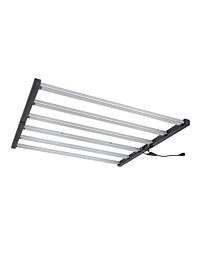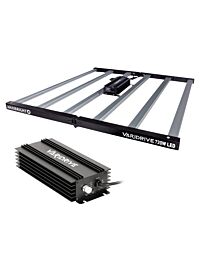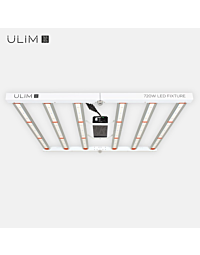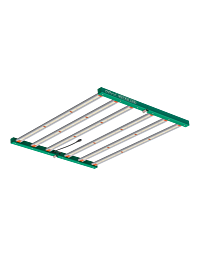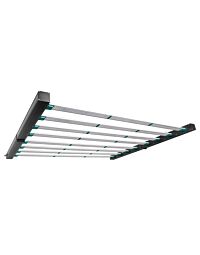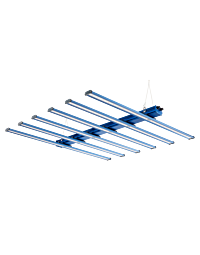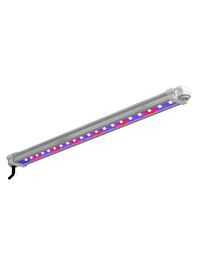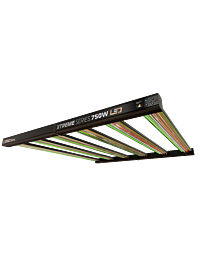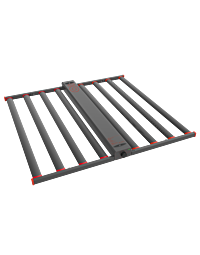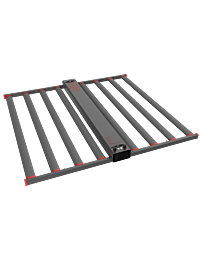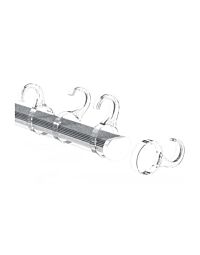AC V's DC - The next step in LED Grow Lighting
Crossing the Bridge......
As the demand for sustainable and efficient farming practices continues to rise, LED horticultural grow lights have become increasingly popular. These innovative lights offer a range of benefits, including energy efficiency, improved crop yields, higher quality of produce and a reduced environmental impact. There are currently two main types of LED horticultural grow light technology – AC-powered and AC to DC-powered – each with its own advantages.
AC-powered LED horticultural grow lights are powered directly by the alternating current (AC) electricity supply this is a relatively new technology to the horticultural grow lighting market and is possible by the manufacturers using a method of circuitry called the Bridge method and is often used to supply power to the LED chips in the fixtures currently produced such as the Lumii BLACK 720W , Maxibright VARIDIRIVE 720W, Adjutsa-Watt Retro 720W & the Century Lighting ULIM 98.
This method is an efficient way to control the current flowing through the LEDs, ensuring they receive a consistent and stable power supply.
The Bridge method works by using four diodes to create a bridge between the AC supply and the LED chips. The AC supply is converted to direct current (DC) through the bridge, which is then used to power the LED chips. This method offers a cost-effective and efficient solution, as it reduces the amount of energy wasted through conversion, making it a more sustainable choice for farmers. Th ecurrent fixtures mentioned above are a cheape and econimal way into LED grow lighting as they are powered by Digital ballasts which have been used for decades to power HPS & MH/CMH lamps.
AC to DC-powered LED horticultural grow lights, on the other hand, use an external power supply to convert AC power to DC power, which is then used to power the LED chips. This technology is more commonly found in high-end LED grow lights from brands such as Gavita, Powerplant & Daylight, as it currently offers more control and flexibility over the amount of power supplied to the LEDs.
The main advantage of AC to DC-powered LED horticultural grow lights is their ability to adjust the power supply to the LED chips, allowing farmers to fine-tune the light intensity and wavelength to suit the specific needs of their crops. This level of control can lead to higher yields, as the light can be tailored to the specific requirements of each plant.
Another benefit of AC to DC-powered LED horticultural grow lights is that they can be powered by renewable energy sources, such as solar panels or wind turbines. This makes them an even more sustainable choice for farmers looking to reduce their carbon footprint.
In conclusion, both AC-powered and AC to DC-powered LED horticultural grow lights offer unique benefits to farmers looking to improve the efficiency and sustainability of their farming practices. The Bridge method is a cost-effective and efficient way to supply power to LED chips, while AC to DC-powered LED grow lights offer more control and flexibility over the power supply. As the demand for sustainable farming practices continues to rise, LED horticultural grow lights are becoming an increasingly popular choice for farmers around the world.


